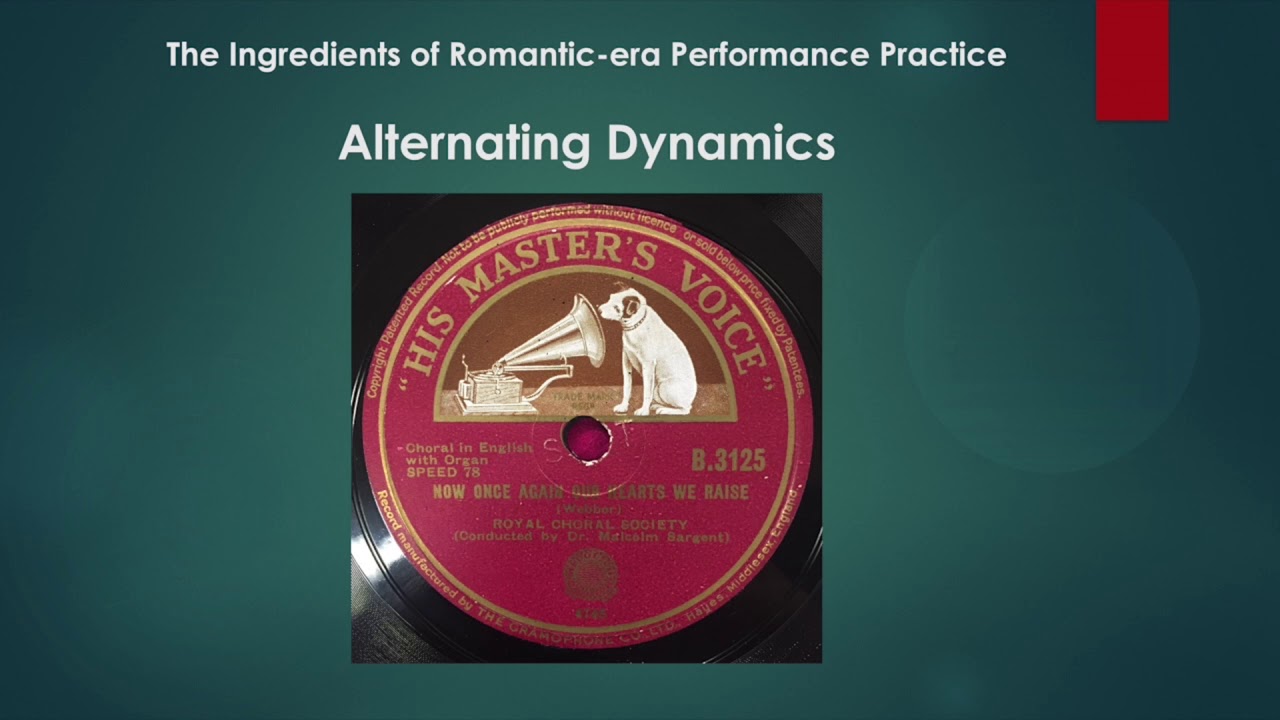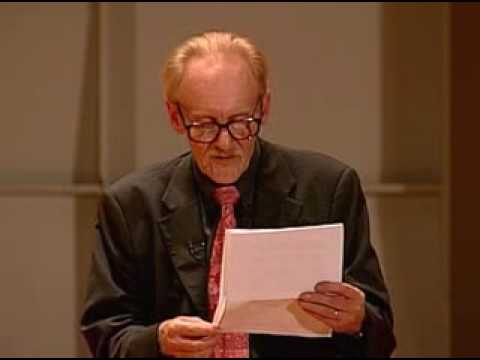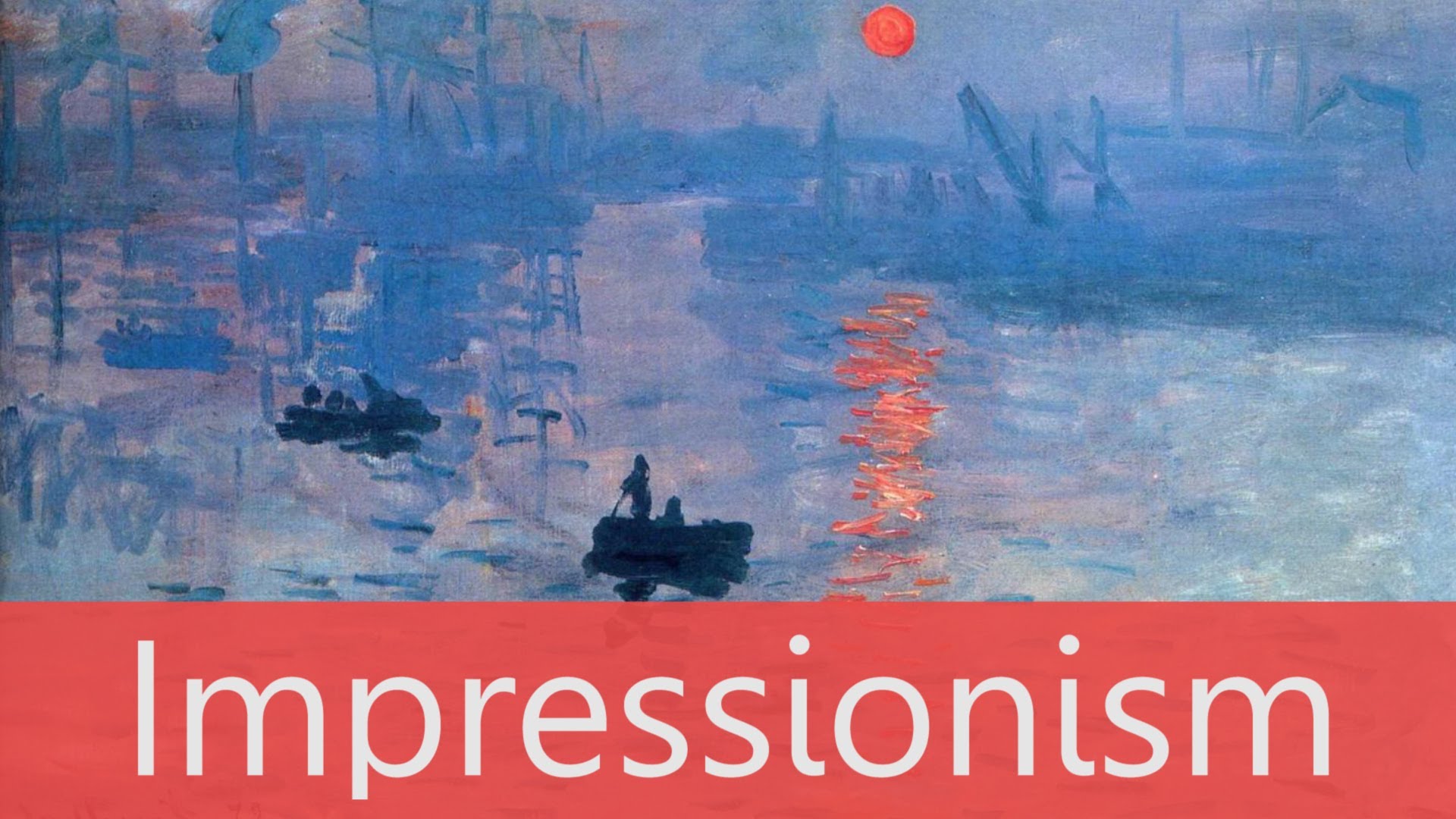Presentation by Mark Bailey, Head of the Yale Collection of Historical Sound Recordings.
First given at the Jacobs School of Music Institute for Advanced Study, Indiana University (May 2017) – Historical Performance: Theory, Practice, and Interdisciplinarity.
Abstract:
The performance practice of distinguished choirs throughout the 19th and early 20th centuries, as can be heard on historical sound recordings and further considered in related writings, is in many ways distinctive and surprising when considering the generally accepted aesthetics of choral singing today. Acute rhythmic precision, seamless vocal blend, uniform tonal production and vowel shape – all among the hallmarks of the modern choral aesthetic – were not the priorities of 19th century choral singing. Rather, choirs that evolved out of the Romantic era distinctively performed and recorded with declamatory diction, tonal variation between voice parts, tempo rubato, choral ornamentation, and greater audible energy per singer. These and other stylistic differences, by comparison, created a less-refined yet more exuberant soundscape that elevated choral performance to new levels of popularity, whether involving choirs of boys and young men, or newer ensembles using adult women as sopranos and altos.
Relying heavily on rare historical recordings from the Yale collection, alongside written accounts of choral singing from the 19th century, this presentation will explore, discuss, uncover, and provide historical audio samples of the performance practices that characterize romanticism through renowned choral ensembles of the time. Such an examination will illuminate the choral ornamentation of sacred music, ongoing use of French Latin in certain choral works, the cultivation of vocal distinction or lack of tonal blend, to name a few, so as to re-invigorate a relatively lost world in the consideration of Romantic-era musical practices and aesthetics.
Yale HSR
Source




Hello – I was wondering where one might be able to find the suggested/described ornaments by Mendelssohn? Which of his letters and does anybody have a scan?